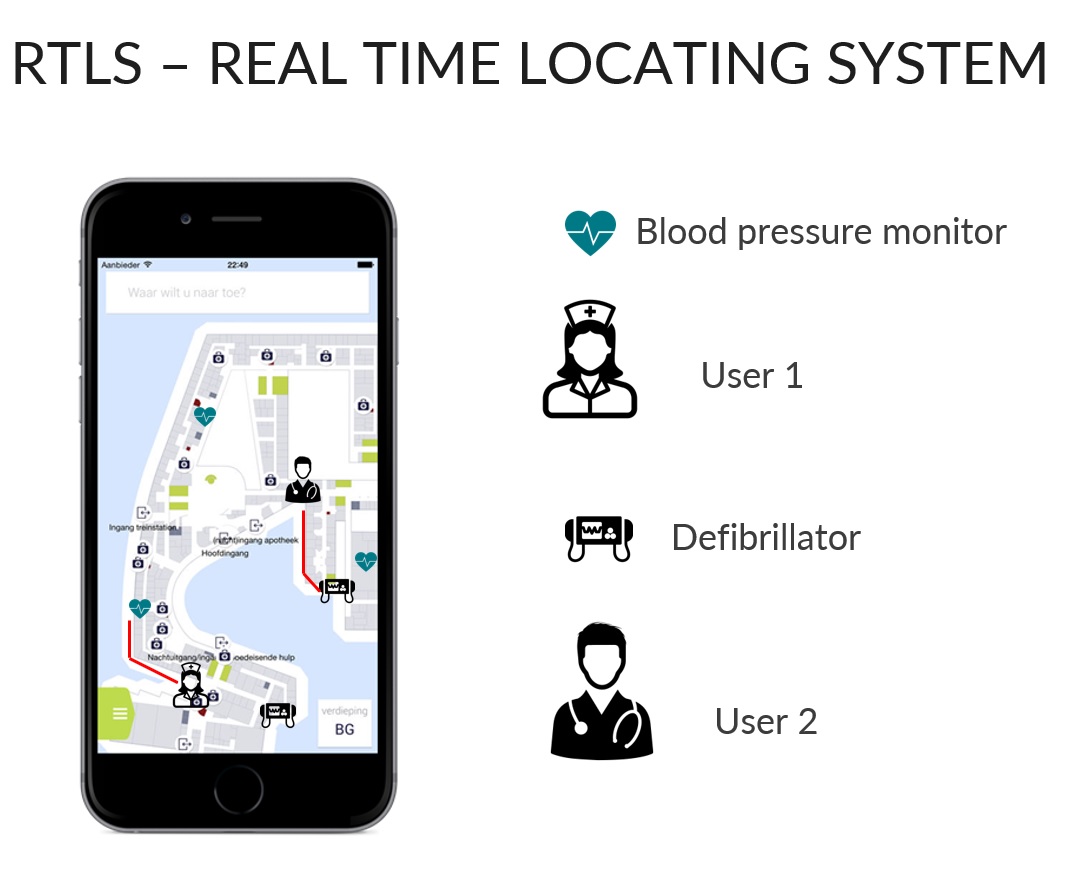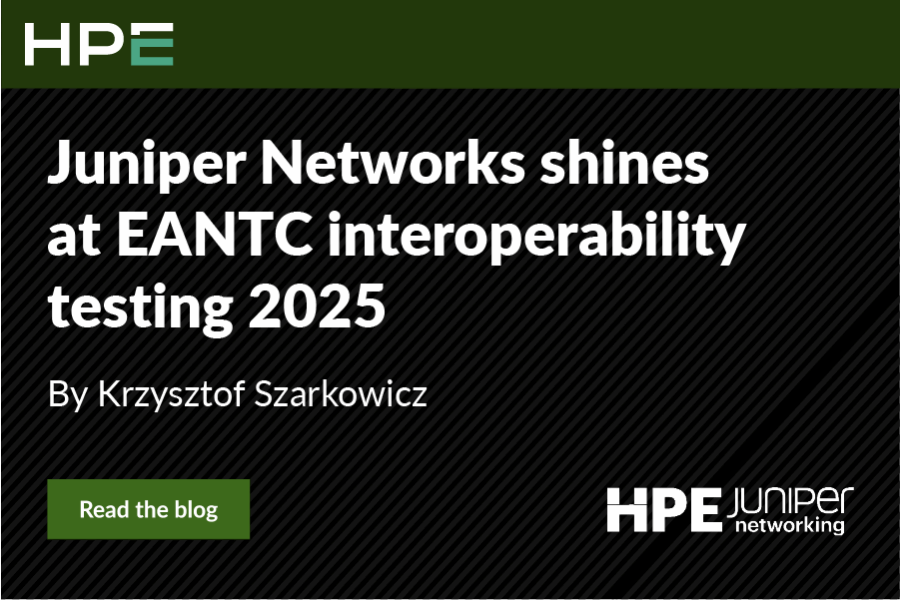It’s no secret that healthcare organizations worldwide are experiencing very challenging times. Even before the COVID-19 pandemic swept across the globe, the topics of increasing healthcare costs and workloads of the medical professionals have been highlighted many times – a prime example being the Deloitte Healthcare Outlook for 2020.
In order to cope with these challenging topics and realign for the future, healthcare organizations must evaluate ways to drive efficiency, achieve optimal financial sustainability and maintain best-in-class treatments for patients. Many reports state that exponential advances and interoperability in digital technologies are key enablers. However, the stringent data privacy and device ruggedness requirements of the healthcare industry must always be considered.
Many would agree that digital technology has played a role in the advancement of healthcare. But a major issue to adoption is that it’s uncommon to demonstrate existing use cases of practical deployment. In this blog, we will share Juniper Networks’ approach to delivering immediate impact to your organization by leveraging proven digital technology.
Digital technology can affect three important elements within the healthcare sector, namely:
- People
- Machine
- Process
With the right digital solution, healthcare organizations can do more with the same number of care professionals and with less hardware to maintain the same level of productivity. Furthermore, improving these processes enables professionals to give better care to patients, resulting in less administration and more time to spend on the core business.
Real-Time Locating Systems
Let’s dive into a specific technology – Real Time Locating Systems (RTLS). RTLS gives users full visibility into the location of their equipment in real-time, while at the same time being simple and straightforward to implement. As such, it has the potential to make an immediate difference across people, machines and processes.
Many published scientific studies show that knowing the exact location of critical equipment results in:
- Less time lost in finding equipment
- Less equipment needed to maintain the same productivity
- Lower equipment maintenance and support costs
- Increased workflow efficiency
- Improved patient safety as location history is documented
In order to make our RTLS possible, Juniper has teamed up with partners to create an end-to-end solution. Using the wireless network as the core tracking system, the Juniper solution makes implementation as simple as possible without impacting the day-to-day running of the organization.

Juniper Cares – Ecosystem
Leveraging the Juniper Mist Asset Visibility wireless solution, we can provide a “LAN-like Experience” and guarantee unprecedented wireless connections without any concessions. Mist Systems not only provides best-in-class wireless – but combines this with the most crucial part – enablement of Location-Based Services.
How It Works
The solution is comprised of:
- Juniper Access Points driven by Mist AI – These combine wireless with a Bluetooth low energy (BLE) antenna array for high accuracy location services. The Access Points are able to track Bluetooth and Wi-Fi entities like smartphones & Bluetooth tags for location information.
- BLE tags – These can be phones or special BLE tags. BLE tags are available in all shapes and sizes, ranging from credit card sized devices (for example employee ID cards) and ruggedized heavy-duty ones with long battery life to track critical equipment.
- Application – An application for Android or Apple devices based on the Mist software development kit (SDK), which can be centrally managed by one of our partners. With this application, customers have a full overview of the locations of all or selected equipment in real time.
Together with our partners, we can offer an out-of-the-box solution that is ready to implement. If you are preparing to replace your wireless solution, we encourage you to connect with a local representative for a demo to learn how Juniper Networks can breathe new life into your wireless performance and deliver new core functionalities at the same time.

























